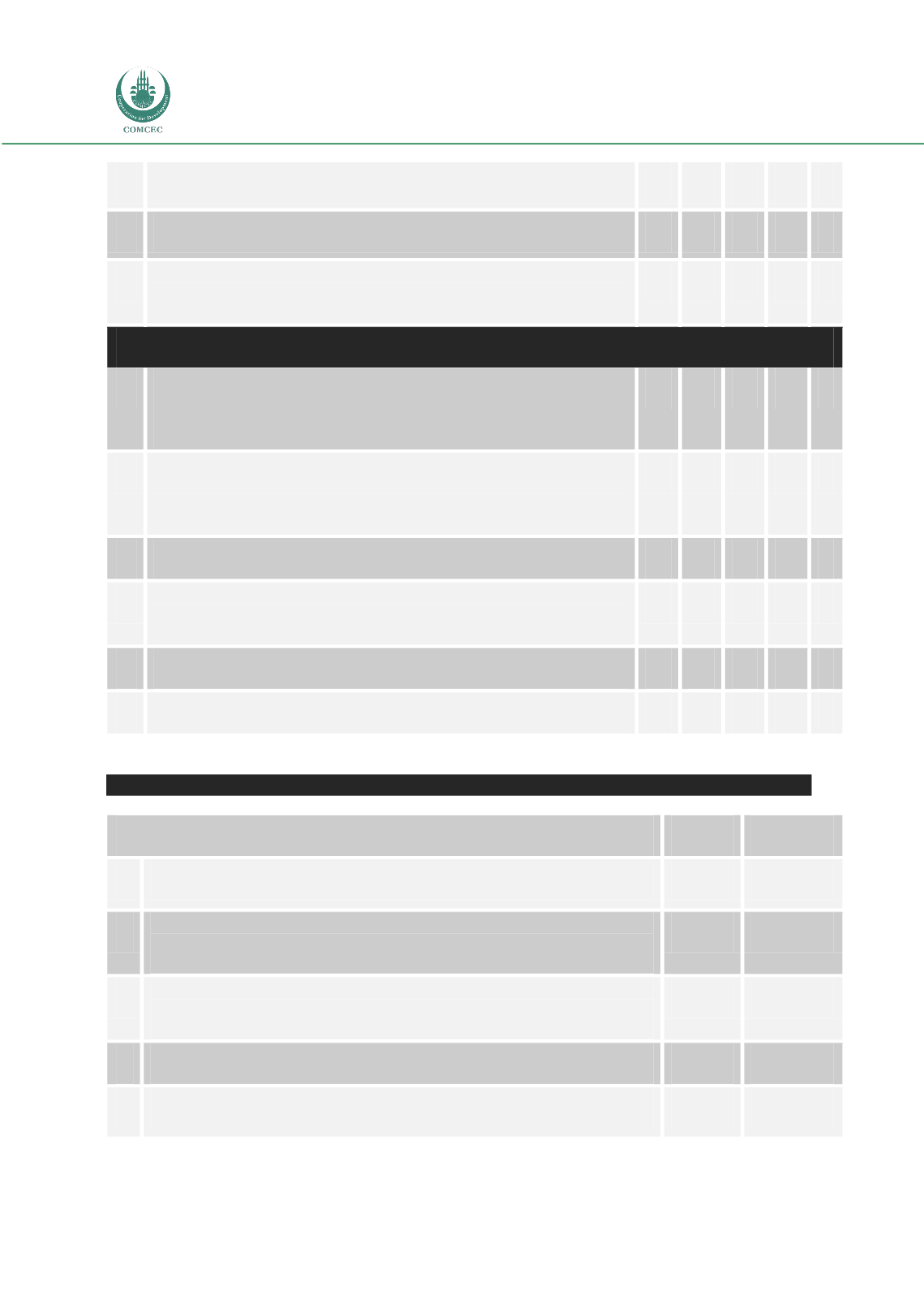

Risk Management in
Islamic Financial Instruments
1
Short-term Islamic financial assets that can be
sold in secondary markets
5
4
3
2
1
2
Islamic money markets to borrow funds in case
of need
5
4
3
2
1
3
Inability to use derivatives for hedging
5
4
3
2
1
4
Inability to re-price fixed return assets (like Murābahah) when the benchmark rate
changes.
5
4
3
2
1
5
Lack of legal system to deal with defaulters.
5
4
3
2
1
6
Lack of regulatory framework for Islamic banks.
5
4
3
2
1
Part II: Risk Management Environment
Establishing an Appropriate Risk Management Environment, Policies and Procedures
Yes
No
1
Do you have a formal system of Risk Management in place in your organization?
2
Is there a section/committee responsible for identifying, monitoring, and controlling
various risks?
3
Does the bank have internal guidelines/rules and concrete procedures with respect to the
risk management system?
4
Is there a clear policy promoting asset quality?
5
Has the bank adopted and utilized guidelines for a loan approval system?
2
The rate of return on deposits has to be similar to that offered by other banks.
5
4
3
2
1
3
Withdrawal Risk: A low rate of return on deposits will lead to withdrawal of funds
5
4
3
2
1
4
Fiduciary Risk: Depositors would hold the bank responsible for a lower rate of return
on deposits
5
4
3
2
1
Risk Perception: Lack of Instruments/Institutions related to Risk Management

















